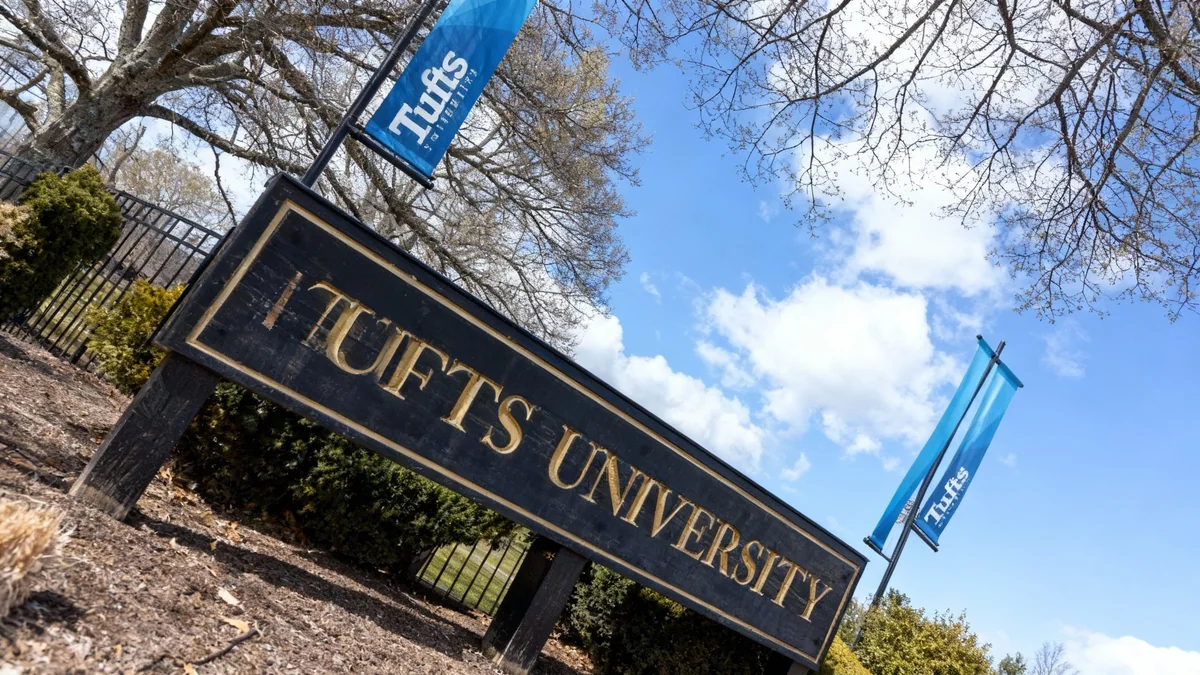Washington University in St. Louis has announced a significant reduction in its workforce, eliminating more than 300 filled positions and choosing not to fill an additional 200 vacant roles. The decision, confirmed on Tuesday, affects a total of over 500 jobs across the institution.
In a statement, the university attributed the cuts to the need to balance its budget in response to reduced federal research funding. The move is part of a broader strategy to ensure long-term financial stability.
Key Takeaways
- Total Positions Affected: More than 500 jobs, including over 300 eliminations and 200 unfilled vacancies.
- Stated Reason: The university cited cuts to federal research funding as the primary driver for the decision.
- Official Goal: Chancellor Andrew Martin stated the objective is to put the university on a "sustainable path forward."
- Financial Context: The move highlights growing financial pressures facing major research universities across the country.
Details of the Workforce Reduction
Washington University confirmed the scope of the job cuts on Tuesday, detailing a two-pronged approach to reducing its payroll expenses. The first component involves the direct elimination of more than 300 existing jobs. The specific departments and roles affected by these layoffs were not immediately disclosed.
In addition to the eliminated positions, the university will also leave 200 currently vacant posts unfilled. This strategy, often referred to as a hiring freeze or attrition, prevents new costs from being added to the budget while naturally reducing the overall number of staff over time. Combined, these actions represent a substantial adjustment to the university's operational structure.
By the Numbers: A Summary of the Cuts
- 300+ jobs actively eliminated.
- 200 vacant positions that will not be filled.
- 500+ total reduction in the university's workforce.
As a major employer in the St. Louis region, the impact of these cuts is expected to extend beyond the university campus. The reduction in staff could have ripple effects on the local economy, affecting families and businesses that rely on the university community.
University Cites Financial Pressures
The primary reason provided by the university for this decision is a reduction in federal research funding. While the administration did not specify the exact amount of the funding shortfall, it emphasized that the cuts were a necessary measure to achieve a balanced budget.
Major research institutions like Washington University rely heavily on federal grants from agencies such as the National Institutes of Health (NIH) and the National Science Foundation (NSF). These funds support a wide range of scientific, medical, and technological research projects, and they also cover a portion of the university's administrative and operational costs, known as indirect costs.
The Role of Federal Research Funding
Federal research funding is the lifeblood of many top-tier American universities. It not only finances groundbreaking discoveries but also supports a significant number of jobs, from principal investigators and lab technicians to administrative support staff. A decline in this funding, whether due to shifting government priorities, budget sequestration, or increased competition for grants, can force universities to make difficult financial decisions, including workforce reductions.
Fluctuations in federal funding can create significant financial instability for universities. When grants are reduced or become more competitive, institutions must find other ways to cover the costs of their extensive research infrastructure and personnel. This often leads to internal budget reallocations and, in more severe cases, job eliminations.
Chancellor's Statement on the Decision
In a message addressing the university community, Chancellor Andrew Martin framed the job cuts as a strategic necessity for the institution's future. He explained that the measures were being taken to ensure the university remains on solid financial footing.
"The cuts will help the school maintain a 'sustainable path forward,'" Chancellor Martin stated in his official communication.
This language suggests that the administration views the workforce reduction not just as a short-term fix but as a foundational step toward a more resilient and sustainable financial model. The goal is to align the university's expenses with its current and projected revenues, particularly in light of the volatile nature of federal research funding.
The Chancellor's message aimed to provide a rationale for the difficult decision, emphasizing the long-term health of the institution. However, such announcements often create uncertainty and concern among remaining faculty and staff regarding job security and future institutional priorities.
Broader Context in Higher Education
Washington University's situation is not unique. Higher education institutions across the United States are facing a complex set of financial challenges. These include declining undergraduate enrollment in some regions, rising operational costs, and increased scrutiny over the value of a college degree.
For research universities, the dependency on federal funding adds another layer of vulnerability. According to reports from higher education associations, while overall federal research and development spending has increased in recent years, the competition for these funds has become fiercer. This means that even a stable federal budget does not guarantee stable funding for any single institution.
Many universities are exploring alternative revenue streams to mitigate these risks, including:
- Increased Philanthropy: Launching major fundraising campaigns to build endowments and fund specific projects.
- Corporate Partnerships: Collaborating with private industry on research and development.
- Online Education: Expanding digital learning programs to reach a broader audience.
- Operational Efficiency: Implementing cost-saving measures and administrative restructuring, similar to the steps taken by Washington University.
The decision in St. Louis serves as a clear example of how prestigious universities are adapting to a changing financial landscape. The focus on creating a "sustainable path forward" reflects a growing recognition that the economic models that supported higher education for decades may no longer be sufficient for the future.





